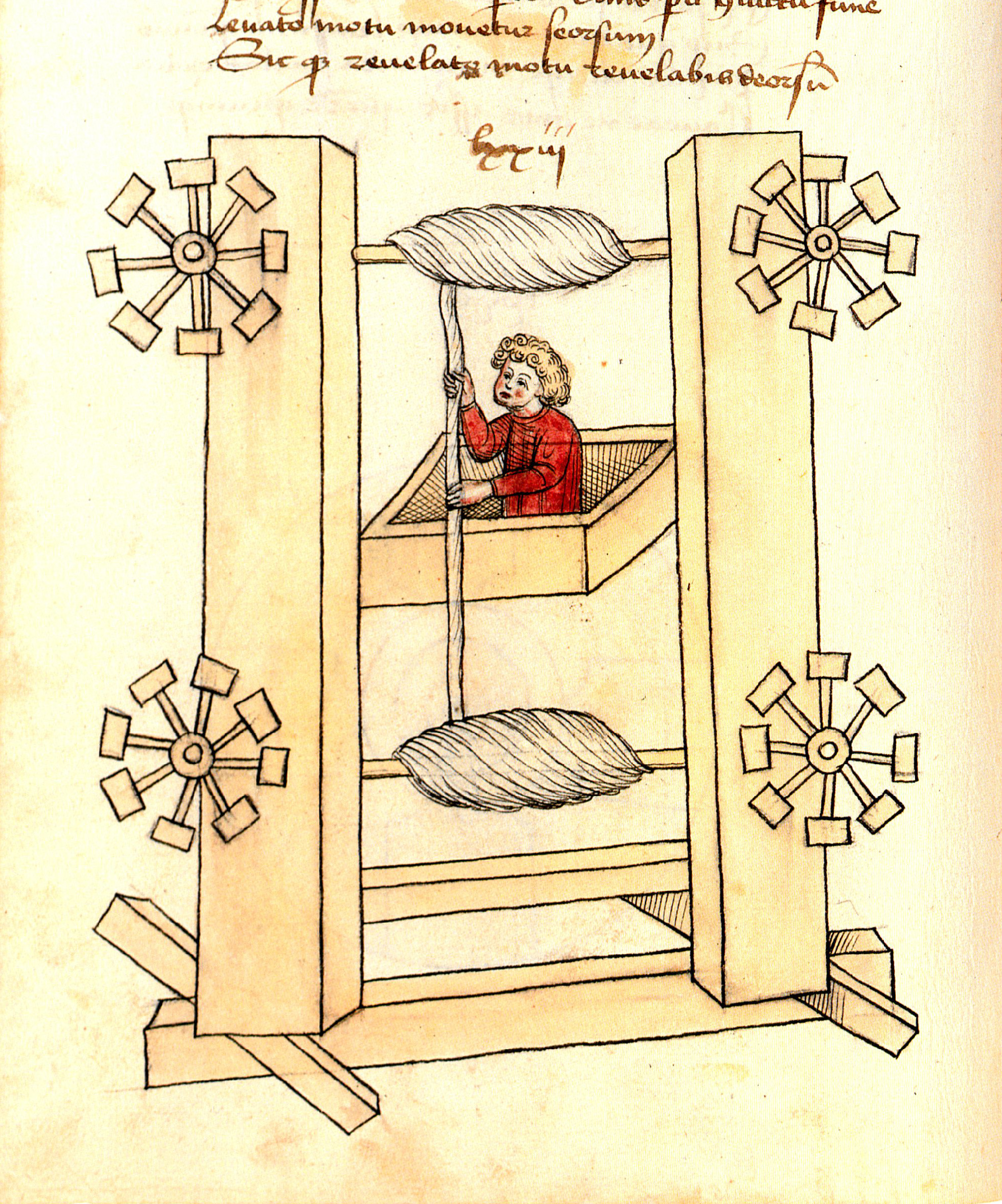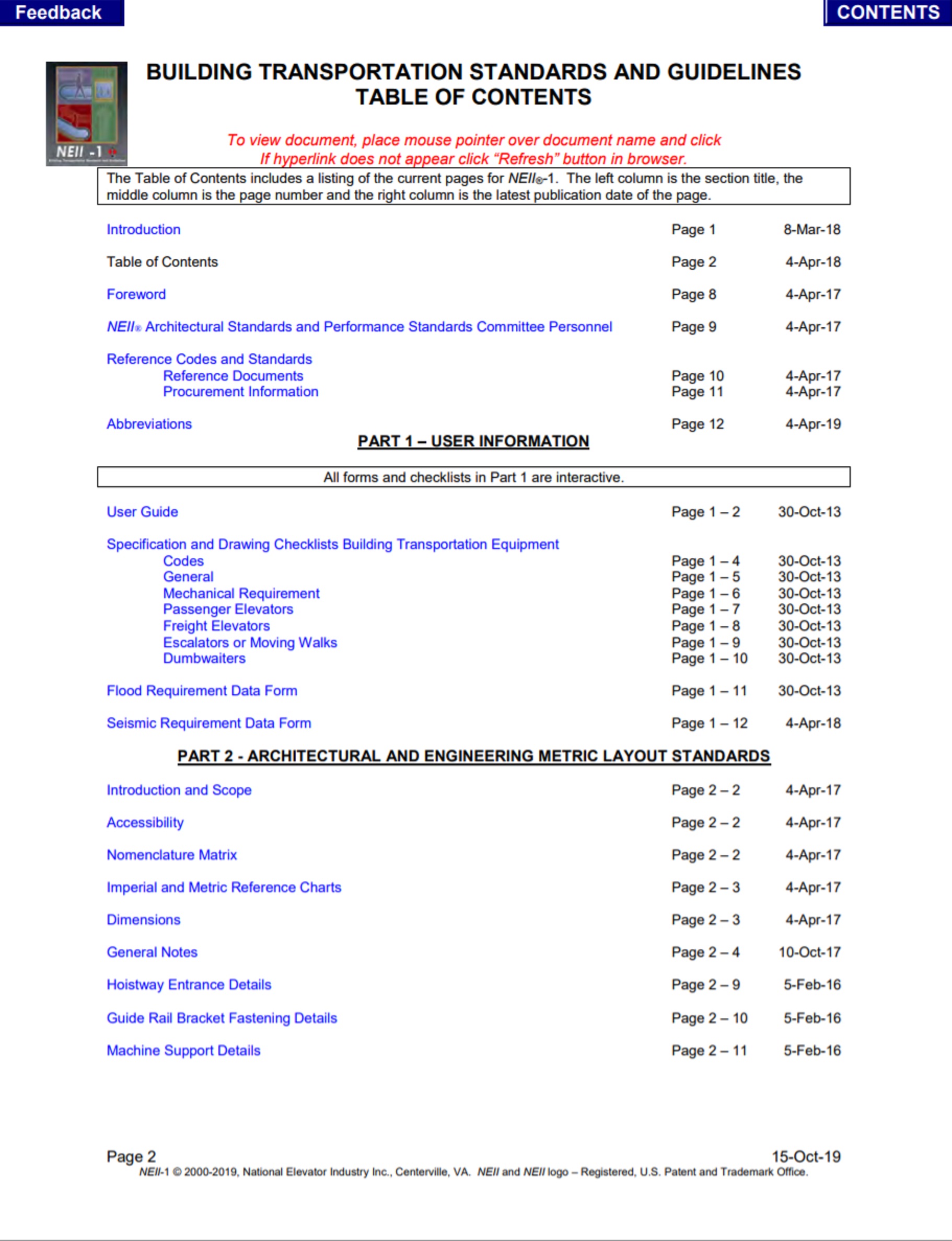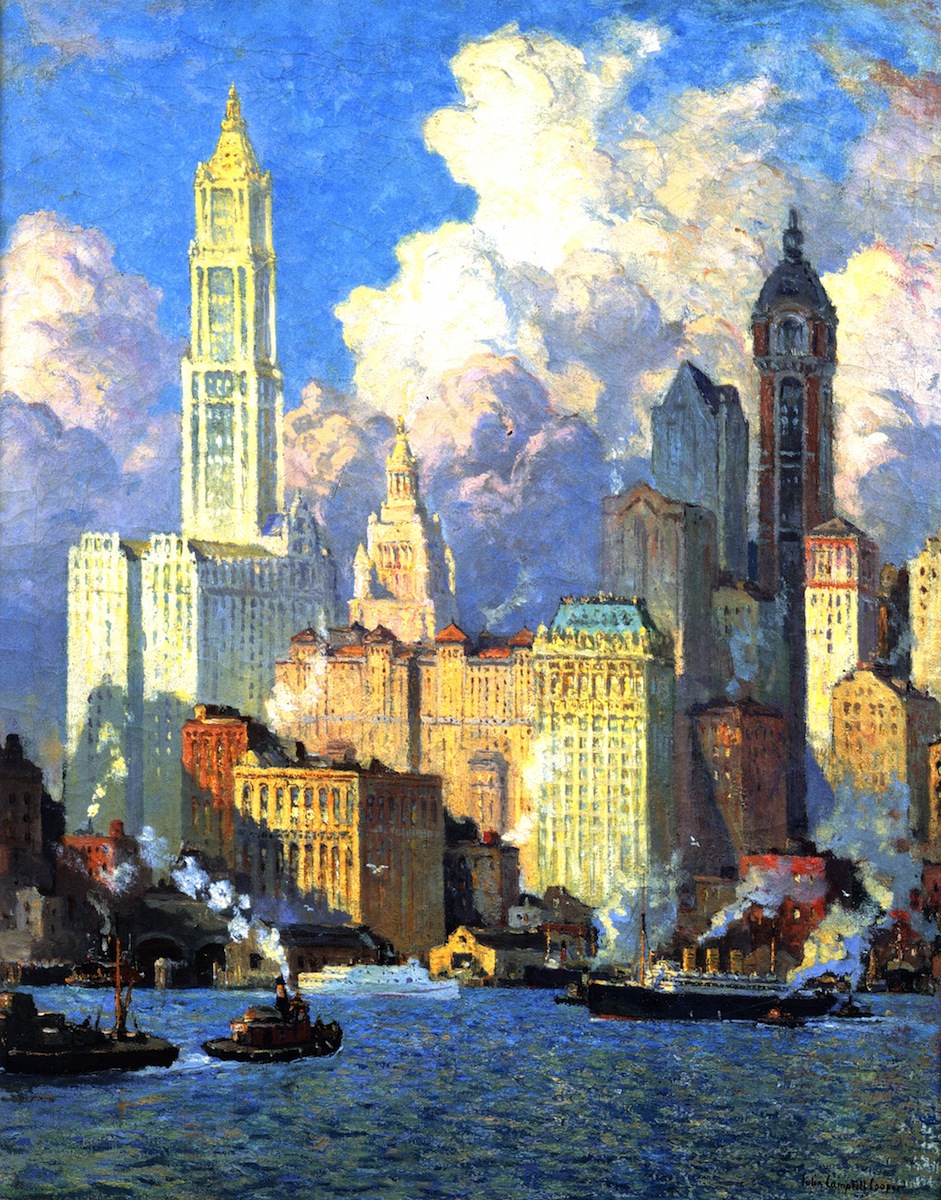Author Archives: mike@standardsmichigan.com
- Home
- Articles posted by mike@standardsmichigan.com (Page 14)

Accessible and Usable Buildings and Facilities
This content is accessible to paid subscribers. To view it please enter your password below or send mike@standardsmichigan.com a request for subscription details.
Elevators & Lifts
The first elevator in the United States was installed at Harvard University in 1874. It was not a passenger elevator as we typically think of today, but rather a freight elevator used to move heavy items within a building. The installation of this elevator marked an important development in building technology and transportation within multi-story structures. It was based on the design of Elisha Otis, who is famous for inventing the safety elevator with a safety brake system that prevents the elevator from falling if the hoisting cable fails. Otis’ innovation played a pivotal role in making elevators safe and practical for everyday use, leading to their widespread adoption in buildings around the world.
Education communities are stewards of 100’s of lifts, elevators and moving walks. At the University of Michigan, there are the better part of 1000 of them; with 19 of them in Michigan Stadium alone. The cost of building them — on the order of $50,000 to $150,000 per floor depending upon architectural styling — and the highly trained staff needed to operate, maintain and program interoperability software is another cost that requires attention. All building design and construction disciplines — architectural, mechanical and electrical have a hand in making this technology safe and sustainabile.
We start with international and nationally developed best practice literature and work our way to state level adaptations. Labor for this technology is heavily regulated.
Its a rarefied and crazy domain for the user-interest. Expertise is passionate about safety and idiosyncratic but needs to be given the life safety hazard. Today we review o pull together public consultation notices on relevant codes, standards and regulations today 11 AM/EDT.
More
NFPA 70 Article 620 Elevators, etc.
NEC Article 620 | David Herres
International Building Code Chapter 30: Elevators and Conveying Systems
Inside Higher Ed: Tragedy in an Elevator
University of Michigan Elevator Recall Control Wiring Schematic
University of Michigan Elevator Shaft Lighting Schematic
Elevators and Conveying Systems
Latest 2024 / 2025 / 2026 Code Development: Group B Documents
Partial selection of topics:
ADM39-25 IFC: 105.6.26 (New) | p 224
G52-25 403.6.1 Fire service access elevator | p 556
SECTION 3003 EMERGENCY OPERATIONS | p 557
TABLE 403.6.1 AMBULANCE STRETCHER-SIZED ELEVATOR CAR
Add new standards EN 8, EN 77 (Seismic condition design) and ISO 8002 | p 758
SECTION 3006 ELEVATOR LOBBIES AND HOISTWAY OPENING PROTECTION | p 762
3002.3 Emergency signs | p 765
3002.4 Elevator car to accommodate ambulance stretcher. | p 774
(To be continued)
Variations in Backup Power Requirements for Elevators
Group B Proposed Changes 2024 Editions Complete Monograph (2630 Pages)
The International Code Council bibliography of elevator safety practice incorporates titles published by American Society of Mechanical Engineers, the National Fire Protection Association and the Institute of Electrical and Electronic Engineers. The relevant section of the International Building Code is therefore relatively short and linked below.
2021 International Building Code: Chapter 30 Elevators and Conveying Systems
The 2021 IBC is the current edition but committees are now forming to developed the 2024 revision according to the schedule in the link below:
2024/2025/2026 ICC CODE DEVELOPMENT SCHEDULE
2024 GROUP A PROPOSED CHANGES TO THE I-CODES
Comments on changes to the Group A tranche of titles will be heard in Long Beach California, October 23-31st.
![]()
Elevator Safety Code
Elevator, escalator and moving walk systems are among the most complicated systems in any urban environment, no less so than on the #WiseCampus in which many large research universities have 100 to 1000 elevators to safely and economically operate, service and continuously commission. These systems are regulated heavily at state and local levels of government and have oversight from volunteers that are passionate about their work.
These “movement systems” are absorbed into the Internet of Things transformation. Lately we have tried to keep pace with the expansion of requirements to include software integration professionals to coordinate the interoperability of elevators, lifts and escalators with building automation systems for fire safety, indoor air quality and disaster management. Much of work requires understanding of the local adaptations of national building codes.
Some university elevator O&M units use a combination of in-house, manufacturer and standing order contractors to accomplish their safety and sustainability objectives.
In the United States the American Society of Mechanical Engineers is the dominant standards developer of elevator and escalator system best practice titles; its breakdown of technical committees listed in the link below:
C&S Connect: ASME Proposals Available for Public Review
Public consultation on a new standard for electrical inspector qualifications closes May 27th.
ASME A17.7/CSA B44.7 – 20XX, Performance-based code for elevators and escalators (280 pages)
Safety Code for Existing Elevators and Escalators
Guide for Inspection of Elevators, Escalators, and Moving Walks
Guide for Elevator Seismic Design
As always, we encourage facility managers, elevator shop personnel to participate directly in the ASME Codes & Standards development process. For example, it would be relatively easy for our colleagues in the Phoenix, Arizona region to attend one or more of the technical committee meetings; ideally with operating data and a solid proposal for improving the A17 suite.
All ASME standards are on the agenda of our Mechanical, Pathway and Elevator & Lift colloquia. See our CALENDAR for the next online teleconferences; open to everyone. Use the login credentials at the upper right of our home page.
Issue: [11-50]
Category: Electrical, Elevators, #WiseCampus
Colleagues: Mike Anthony, Jim Harvey, Richard Robben, Larry Spielvogel
More:
Bibliography: Elevators, Lifts and Moving Walks
ISO/TC 178 Lifts, escalators and moving walks
Eccles Cakes
This content is accessible to paid subscribers. To view it please enter your password below or send mike@standardsmichigan.com a request for subscription details.
Power Distribution Units
Today we veer (slightly) from our primary interest in interoperability standards to explore the moment in best practice discovery and promulgation in the hardware supporting the artificial intelligence zietgeist. Use the login credentials at the upper right of our home page.
Carnegie-Mellon: Planning & Design Considerations for Data Centers
University of Kansas Data Center and Server Room Standards
Power Distribution Units (PDUs) are critical in data centers, serving as the backbone for reliable power management. They distribute electricity from the main power source to servers, networking equipment, and other devices, ensuring consistent and stable power delivery.
PDUs offer features like load balancing, surge protection, and remote monitoring, which optimize energy efficiency and prevent outages. By providing multiple outlets and circuit protection, they safeguard expensive equipment from power fluctuations. Advanced PDUs enable real-time data tracking, aiding in capacity planning and fault detection.
Ultimately, PDUs ensure uptime, operational efficiency, and scalability in data centers. We track, and sometimes participate, in the standards setting for these organizations develop the key standards that govern PDU design, safety, efficiency, and interoperability, influencing global manufacturing compliance:
UL (Underwriters Laboratories): Establishes safety standards like UL 60950-1 for IT equipment, ensuring PDUs prevent hazards in high-density environments.
IEC (International Electrotechnical Commission): Develops core electrical standards such as IEC 60950-1 and IEC 62368-1 for low-voltage safety and audio/video/IT equipment, critical for PDU power handling.
ENERGY STAR (U.S. EPA): Sets efficiency benchmarks for PDUs, promoting low-loss designs to minimize data center energy waste (up to 12% savings).Related:
Power Management For Data Centers Challenges And Opportunities
TIA 92
Uptime Institute
Related:
New update alert! The 2022 update to the Trademark Assignment Dataset is now available online. Find 1.29 million trademark assignments, involving 2.28 million unique trademark properties issued by the USPTO between March 1952 and January 2023: https://t.co/njrDAbSpwB pic.twitter.com/GkAXrHoQ9T
— USPTO (@uspto) July 13, 2023
Standards Michigan Group, LLC
2723 South State Street | Suite 150
Ann Arbor, MI 48104 USA
888-746-3670


















